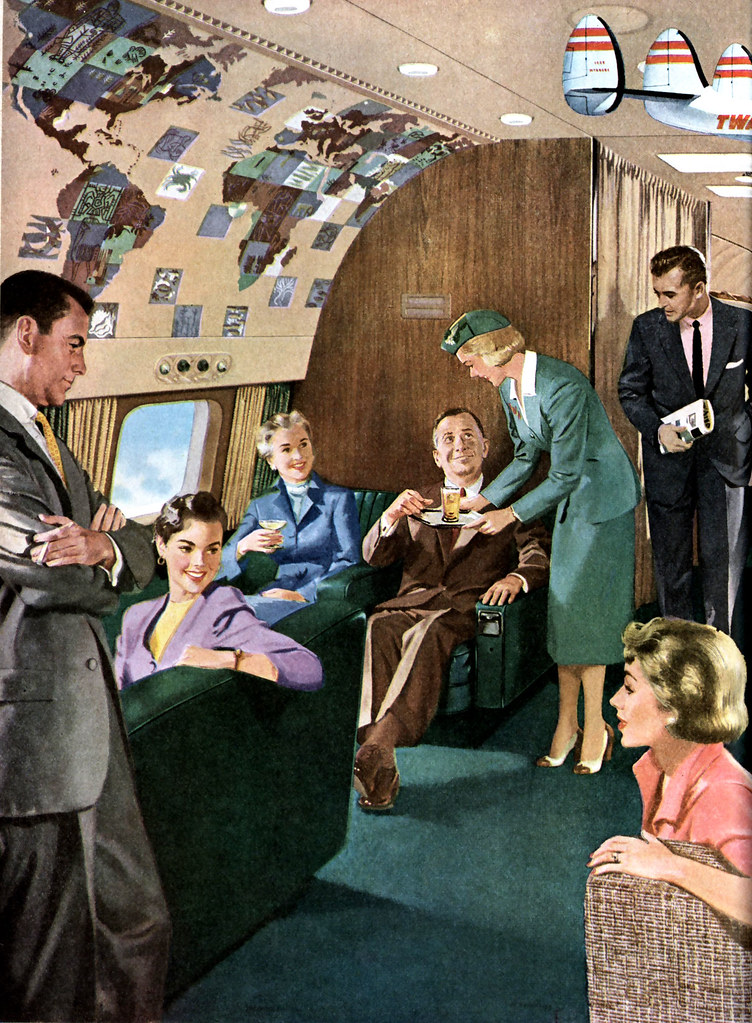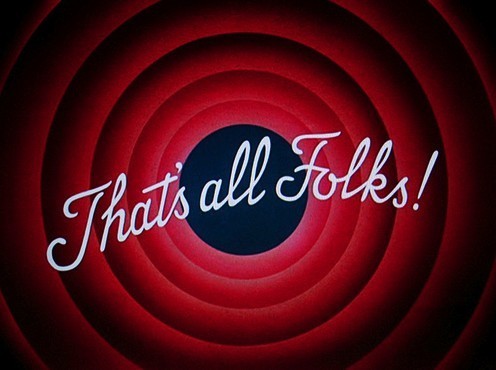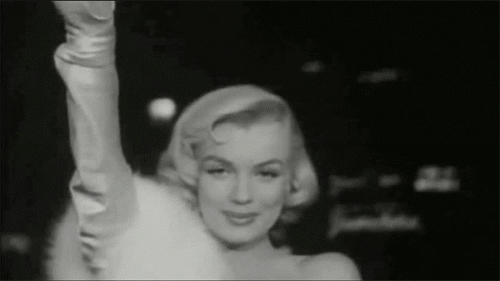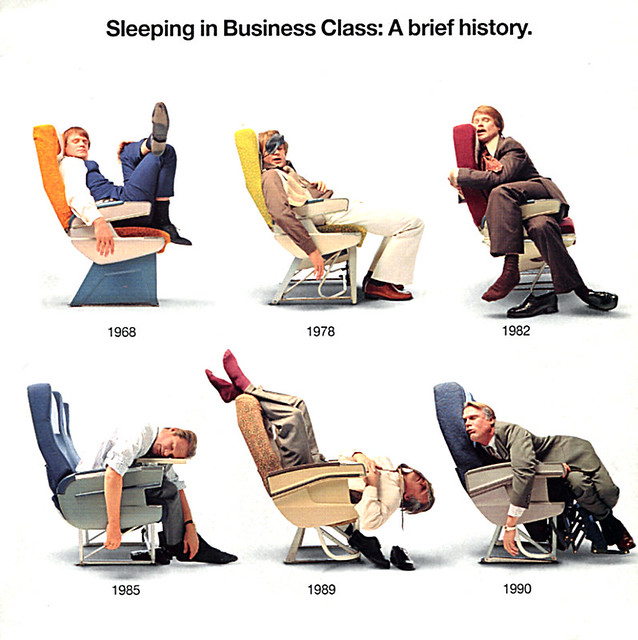Internet Debris

A collection by Neal McKenna
McKenna Ink Thesis Editing Service
To add your comments,
click here.
NOTHING posted here is mine!
Internet Debris does not claim rights
to any of the photos or media content posted to the site.
No copyright infringement is intended.
Internet Debris

A collection by Neal McKenna
McKenna Ink Thesis Editing Service
To add your comments,
click here.
NOTHING posted here is mine!
Internet Debris does not claim rights
to any of the photos or media content posted to the site.
No copyright infringement is intended.
A collection by Neal McKenna
McKenna Ink Thesis Editing Service
To add your comments,
click here.
NOTHING posted here is mine!
Internet Debris does not claim rights
to any of the photos or media content posted to the site.
No copyright infringement is intended.
The Boeing 747 B

Image via GE Reports
On the Top Deck
Let's take a look at the long ago era of "jet setters" - when flying was exciting and glamourous. Unlike today where we are herded onto planes like cattle, there existed a time when travelling First Class, really meant something and you literally were above everyone else.

On February 9, 1969, the first flight of the Boeing 747 jumbo jet was cut short by a minor problem with one of the wing flaps. The test pilots kept their cool, landed the plane safely, and the rest is history. The first commercial wide-body in service, the 747 would propel Boeing well ahead of all other commercial jet makers. One of the most unusual features of the 747 when it was launched was its unusual “hump” on top of the main fuselage. Known as the upper deck, this hump housed the cockpit and also extra passenger accommodation, adding to its behemoth size.

When the Boeing 747 first came into service in the late 1960’s early 1970’s most airlines reserved the upper deck for the exclusive domain of their First Class passengers. No rows of seats here, but plush lounges and bars where you could relax in comfort whiling away those long flight hours.

Accessed by the familiar spiral staircase from the main deck, economy class passengers could only cast an envious eye upwards in the hope that they might be able to catch a glimpse of these sumptuous lounges.


Airlines usually chose to decorate their lounges using themes of their home countries, so before we arrived at our final destination we had a taste of things to come.
Qantas chose to decorate their lounges,with a somewhat colonial
theme using Captain Cook as inspiration.

Air India and Iran Air chose local themes with a modern twist and lots
of 70’s panache, so you didn’t even feel like you were on a plane.
Aerolineas Argentinas chose quite a masculine vibe, maybe to get us in the mood for some of the machismo we might face in Argentina. But Delta turned the upper deck into the “world’s first flying Penthouse,” which could be sold as a unit to a group travelling together.

Along with the real estate them that was inspiring Delta to call their lounges Penthouses, Braniff chose to give theirs an address.

Pan Am envisaged a restaurant style setting with individual tables that could
be booked for a more pleasurable dining experience.


So next time you are sitting in Row 55 up the back of economy class,

Pan Am envisaged a restaurant style setting with individual tables that could
be booked for a more pleasurable dining experience.


So next time you are sitting in Row 55 up the back of economy class,
know that it wasn't always this way!
Via Savoir Faire

Even further back in time was the era of the prop driven Lockheed Super Constellations. They too had their posh enclaves for the elite to spend the hours while on their way to some exotic destination. From damask tablecloths to china, silverware and crystal, no luxury was spared. Flying high in First Class was proof you were at the top of the heap.

Image Via X-Ray Delta One's Photo Stream
The Boeing 787 Dreamliner


Image via Boeing
Update - November 20, 2011
The Glory Days of Pan Am
Sky high

(Keystone/Getty Images)

(Pictorial Parade/Getty Images)

Pan Am invasion
Pan Am had a high profile in movies and on television, and was equated in many people's minds with the glamour of international travel. The company’s link to popular culture and the fabulous life was cemented when the Beatles disembarked for their 1964 US tour on a Pan Am flight from London to New York City.
(J. Wilds/Getty Images)
Heart of the city
The Pan Am building and surrounding skyscrapers tower over midtown Manhattan in 1960. When it opened, it was the largest commercial office building in the world. However, in 1992 it was renamed the MetLife Building when the financially troubled airline (reduced to a mere four floors from its original 15) had finally called it quits. (Frederic Lewis/Getty Images)Feature via The BBC
To add your comments, click on
links to this post
here or below. It will take you to a
stand-alone copy of this page. There,
you will find the comments box, so
feel free to let 'er rip.










Boy, look at a Business or First Class today. They are a way more comfortable than in the 60s, 70s!
ReplyDelete